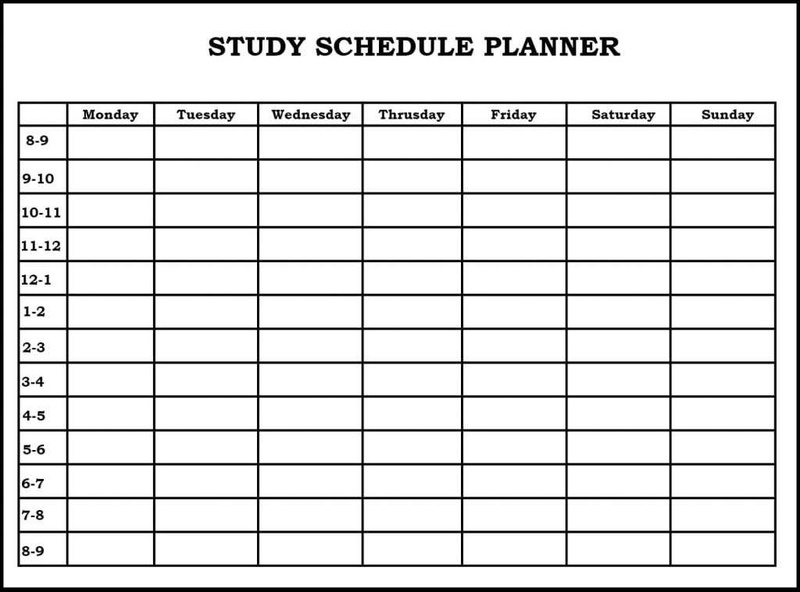StudySkills@TheLibrary
Many students come home from school and end up just waiting until they might ‘feel’ like doing schoolwork. Or else they drag everything out over the whole night. A better practice is having set allocated times for home learning. Many students find that learning in 20-30 minute blocks works well for them.

Have a study timetable
During this time students should do homework first, then work on any assessments or upcoming tests, devoting the remaining time to revision, making study notes or doing practice questions to build their skills. All distractions should be removed, so students learn to focus for 20-30 minute blocks of time. It is a great idea to make a timetable of the home learning and place it on the fridge so everyone is clear when students are focusing and when they are doing other activities or having free time.
Some of the benefits of having set times allocated for home learning are:
- You are more likely to learn at home if you know when to start and when to end.
- You will be more effective when you remove distractions and learn to focus for 20-30 minute blocks.
- You will not feel guilty about enjoying ‘down time’.
- Having set times stops arguments between students and parents as everyone has agreed when the timeslots allocated to students will be.
- You know that you are definitely doing enough work for school.
- Keeping your home learning and personal life separate means you will be able to manage all of the distractions in your life and still complete your work for school.
Learn more this year about how to improve your results and be more efficient and effective with your schoolwork by working through the units. Access is via the Library Website.
You can also print a sheet outlining independent learning activities (click on the More menu then on Things to Print).
The College Library